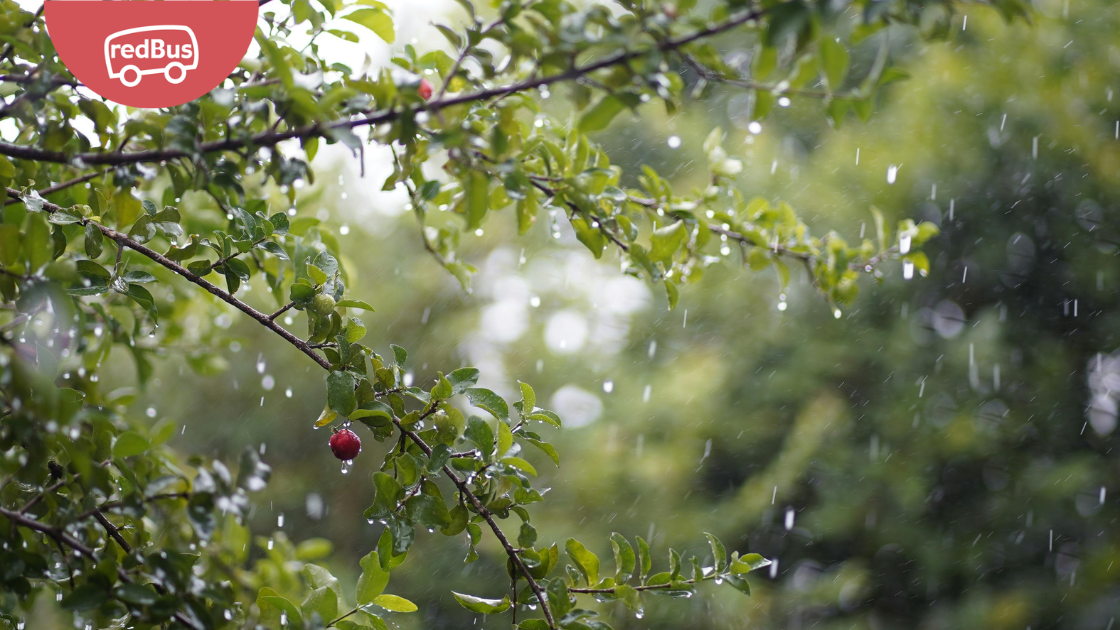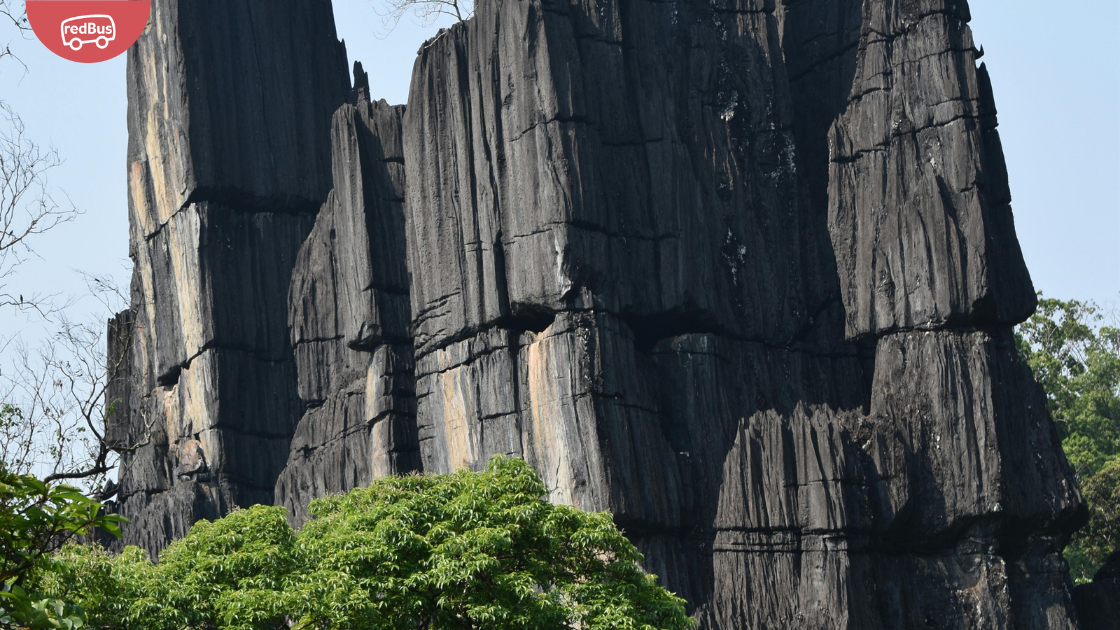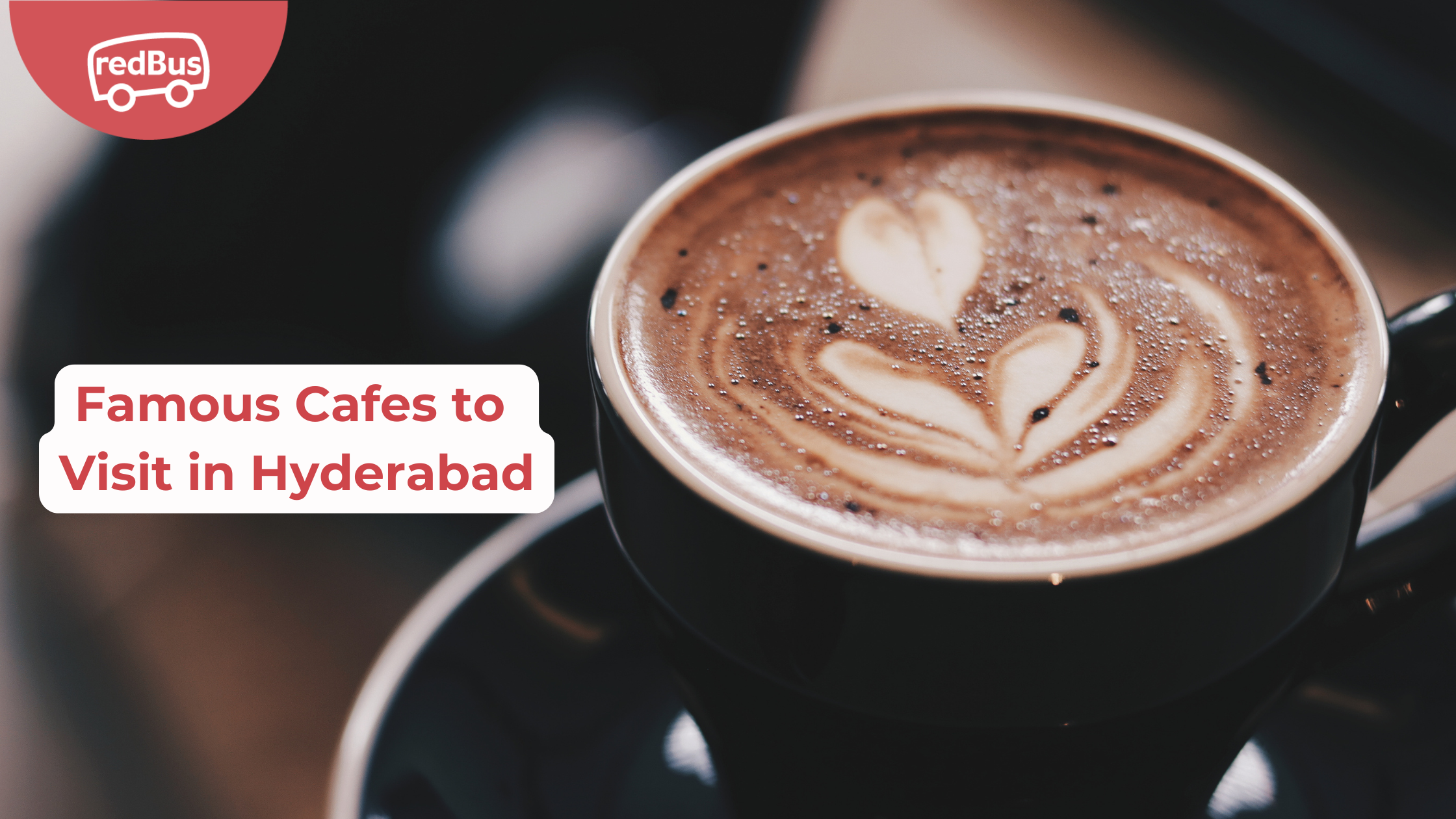Madhya Pradesh’s forts are widely recognised for the fascinating history maintained within its majestic walls. These magnificent forts in Madhya Pradesh are masterpieces that are part of India’s extensive historical and cultural heritage today.
1. Gohad Fort
Gohad Fort is situated in the Bhindi District of central India. A 5 km long rampart protects it around all sides and gives it a round shape. The Gohad realm and the Gohad fort were established in 1505 by the Rana Jat king Singhandev II. The UNESCO Asia-Pacific award for the preservation of cultural heritage was given to this fort in 2017.
2. Dhar Fort
The Dhar Fort is the most significant historical structure in Dhar, which served as King Bhoj’s capital. It is around 3kms from the town centre. The fort’s distinctiveness comes from the architecture, which combines Hindu, Mughal, and Afghan styles. The fort’s excellent preservation and the stunning views from its ramparts are its greatest features.
3. Bajrangarh Fort
Jharkon is another name for the Bajrangarh Fort. On Guna, Aron Road is where you may find this fort. The Rang Mahal, Moti Mahal, and Gunnery are all part of the complex, which is believed to have been built around 1775 by the Maratha kings.
4. Ahilya Fort
The magnificent Holkar Fort in Maheshwar, Madhya Pradesh, was constructed in the 18th century. Holkar Fort, often called Ahilya Fort, is on the picturesque Narmada River banks. The views of the river and ghats are magnificent.
5. Chanderi Fort
Chanderi Fort, also known as Chanderi Qila, is a prominent historical attraction located in the charming town of Chanderi in Madhya Pradesh, India. The fort, majestically perched atop a hill, offers panoramic views of the town and the surrounding landscape.
The fort is believed to have been built by the Mughal emperor Babur in the 15th century, although its earliest origins could date back to the 11th century. It’s a significant landmark that speaks volumes about the town’s historical significance and rich cultural heritage.
Architecturally, the Chanderi Fort is a marvelous structure made of large stone blocks, showcasing the craftsmanship of the era it was built in. The ramparts of the fort are punctuated with ancient gateways, the most significant of which are the Khooni Darwaza and the Hawa Paur. The former, with its grim history, and the latter, known for the refreshing breezes that pass through, add an intriguing character to the fort.
6. Raisen Fort
The Raisen Fort is An 800-year-old fort, which is situated in the city of Bhopal. The large citadel has seen several kingdoms conquer and rule the area. The fort has nine gateways that lead to stunning palaces. It consists of domes, defences, nine gateways and the remains of several early mediaeval structures.
7. Gwalior Fort
Gwalior Fort is one of the most formidable fortresses in northern and southern India. Its 10 m high walls, on a hill above the royal capital of Gwalior, consist of some of the most spectacular artwork and structures. The Gwalior Fort was built in two phases during two separate eras. Therefore it has a fascinating history.
8. Asigarh Fort
Asigarh Fort is situated near Hansi. The Farooqi Dynasty, which dominated the region for 200 years from the Asirgarh Fort, built the fort. Gods are depicted in the elaborate fort’s gates, while Goddesses, birds, and other creatures are depicted on the fort’s walls.
9. Bandhavgarh Fort
The Bandhavgarh Fort is one of the oldest forts in Madhya Pradesh and entails the story of Shri Rama from the Ramayana. After defeating Ravana in battle, Shri Rama returned to this location and built the fort as a gift for his beloved brother Lakshmana. The Bandhavgarh Fort dominates the park and is situated on a 560-acre plateau with cliffs that reach a height of 240 metres.
10. Garh Kundar Fort
In the peaceful town of Tikamgarh, about 70 kilometres from Orchha, stands one of India’s most enigmatic forts, known as Garh Kundar Fort. It is a mediaeval fort in Madhya Pradesh with a lengthy history of love, affairs, avarice, and horrible sabotage. The fort has 5 storeys, 2 of which are underground and three of which are above ground.
11. Madan Mahal Fort
Raja Madan Singh constructed the Madan Mahal Fort in Jabalpur, perched on a mountaintop a few kilometres from the city. Given its relatively smaller size, this fort is generally believed to have served more as a military outpost than a protective fort. The fort is sculpted on a massive rock that serves as the base.
12. Ginnorgarh Fort
A historical fort called Ginnorgarh is located 3 kilometres from Delawad. Once a Gond stronghold, the fort was conquered by Mohammed of the Bhopal State. The 5-floor pond of Ginnorgarh Fort is a major attraction. Ginnorgarh contains two natural bodies of water and a fortified perimeter home to the ruins of numerous palaces, gatehouses, and cisterns.
13. Mandsaur Fort
Hoshang Shah Ghori built the Mandsaur Fort, also known as “Dashpur Fort,” in the 15th century in Mandsaur city to fortify his north-western border. There are 12 gates in the Mandsaur Fort. There is an exterior wall surrounding it. Two gardens have Surya Mandir pillars. The garden also has a statue of Shiva.
14. Sabalgarh Fort
This fort is located atop a sizable rock in Sabalgarh’s northeast, which might have also influenced the city’s name. The fort comprises a defensive structure, one major palace, and numerous minor buildings. During its history, the fort has been governed by various kings.
15. Narwar Fort
Narwar Fort is located in the Shivpuri region of Madhya Pradesh, 70 kilometres southwest of Gwalior, perched 500 feet above the town atop a craggy hill. The early 19th century saw the conquest of it by the Maratha chief Scindia.
16. Orchha Fort
The mediaeval fort of Orchha Fort is located on the island of the Betwa River, 16 kilometres from Jhansi. The notable Raja Mahal, which epitomises elaborate architecture, is a part of the fort complex. It is the only spot in the nation where Lord Rama is worshipped as King Rama.
17. Datia Fort
The Bir Singh Dev Palace, or Datia Palace, is a stunning example of the architectural fusion of the Rajput and Mughal styles at about 80 kms from the main city of Gwalior. The palace has wonderful embellishments across its seven breathtaking storeys, including exquisite carvings, elaborate paintings, and lovely arches.
18. Ajaigarh Fort
Ajaigarh Fort is situated in the Panna district. This magnificent fort is well known for its extensive historical background and stunning architectural design, which describes a lot about the Chandela dynasty. Inside the Ajaigarh Fort are two magnificent temples protected by five gates, with only two still standing.
19. Deogarh Fort
Built in 1670 by Rawat Dwarkadas of the Sisodia dynasty and perched atop a hill in the Chhindwara district. Many history enthusiasts are drawn to the fort’s realm by its brilliant architectural design and outstanding mural paintings and carvings.
20. Utila Fort
The name “Ranaon ki Garhi” is another name for Utila Fort. Maharaja Bhim Singh Rana, the ruler of Gohad, built the fort sometime around 1740. The fort is built on a hilltop and encircled by a deep ditch. The Jat rulers of Gohad built this fort to serve as the main line of defence for the fort.
These massive forts reveal much about the emperors and dynasties that established their imperial seats within the state. Thus no trip there would be complete without visiting the forts in Madhya Pradesh. All year long, it is simple to reach these forts. Nonetheless, the peak travel season in Central India is from October to April, when most visitors have been recorded.







